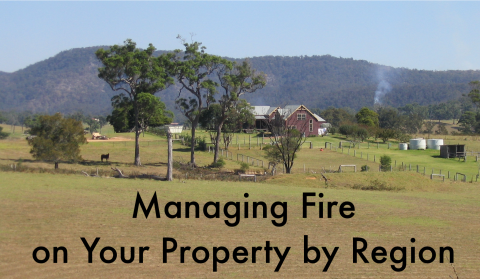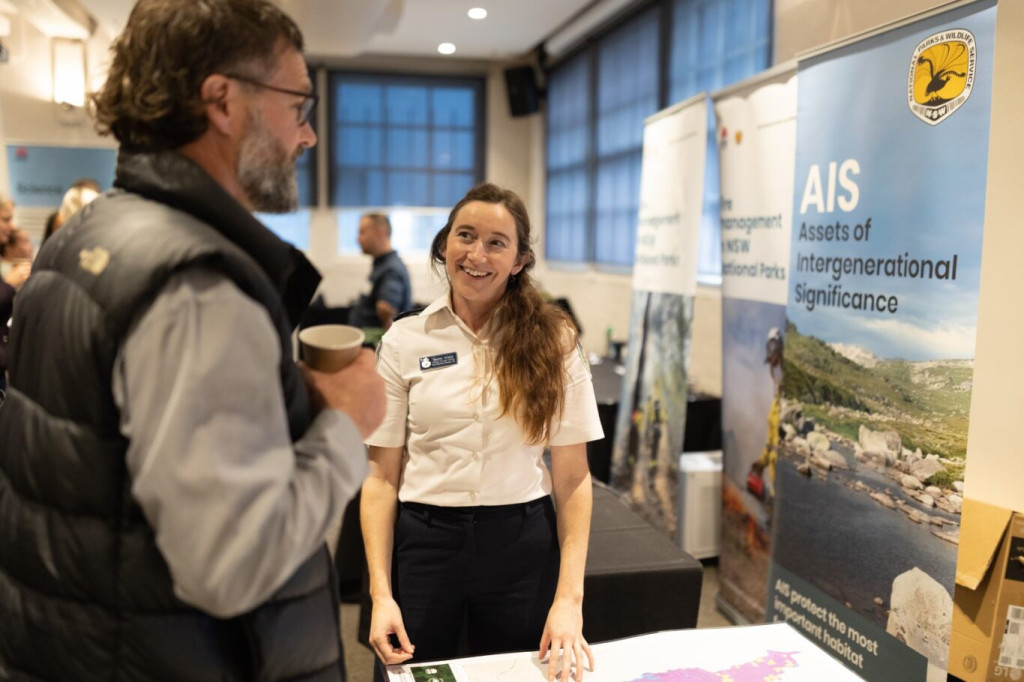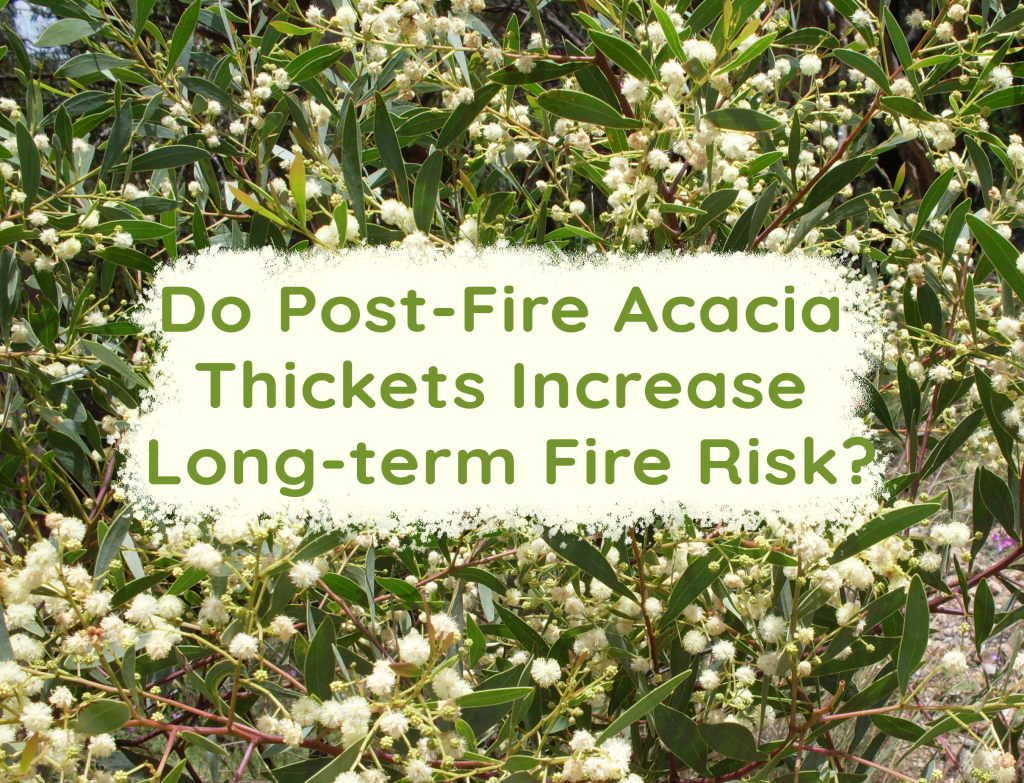Using a unique method of monitoring “environmental DNA,” researchers have been able to identify the effect of bushfires not...
The common wombat (Vombatus ursinus) gained a lot of attention in 2020 for “actively herding” animals that needed help...
Understanding Fuel… and Fire Behaviour
The Nature Conservation Council of NSW and the NSW Rural Fire Service, as part of the Hotspots Fire Project,...
Based on best available science and operational knowledge, the Hotspots Fire Project delivers workshops and resources to landholders and...
Applying science, skills and stories at Ku-ring-gai, Sydney
Directly following and complementing NCC’s 2023 Bushfire Conference, Managing Fire Together: Applying science, skills, and stories, NCC’s Bushfire Program...
NCC Bushfire Conference 2023
NCC’s 13th biennial Bushfire Conference, “Managing Bushfire Together: Applying science, skills and stories”, took place on the 24-25th May,...
Do Post-Fire Acacia Thickets Increase Long-term Fire Risk?
Have you ever noticed dense thickets of Acacia emerge post-fire, and wondered if they may represent a long-term fire...








